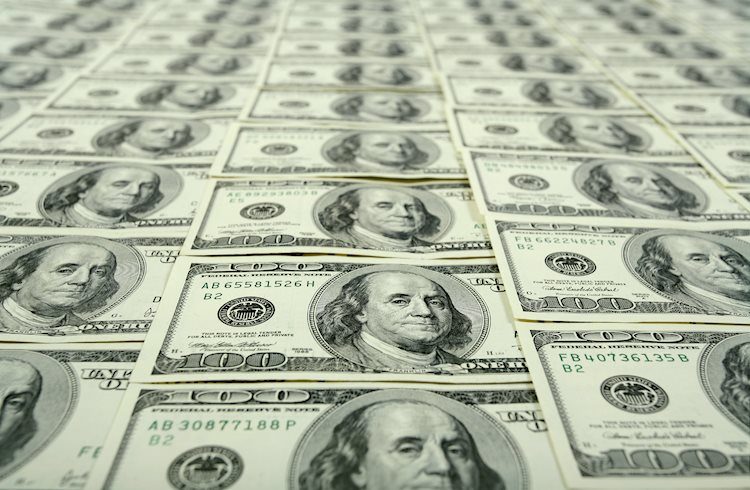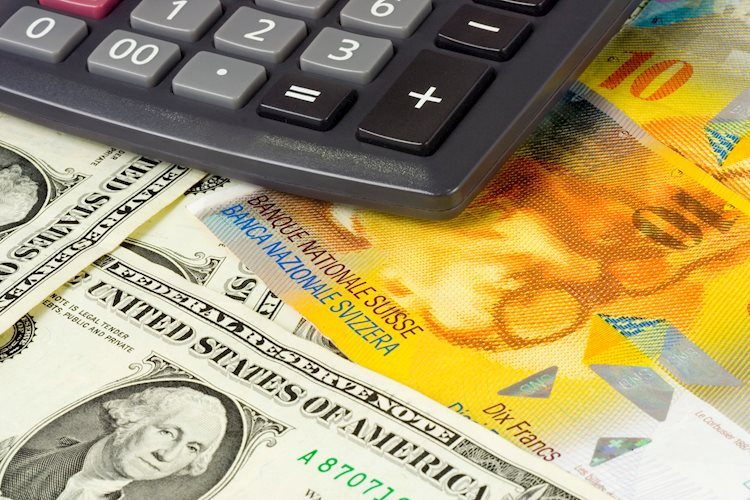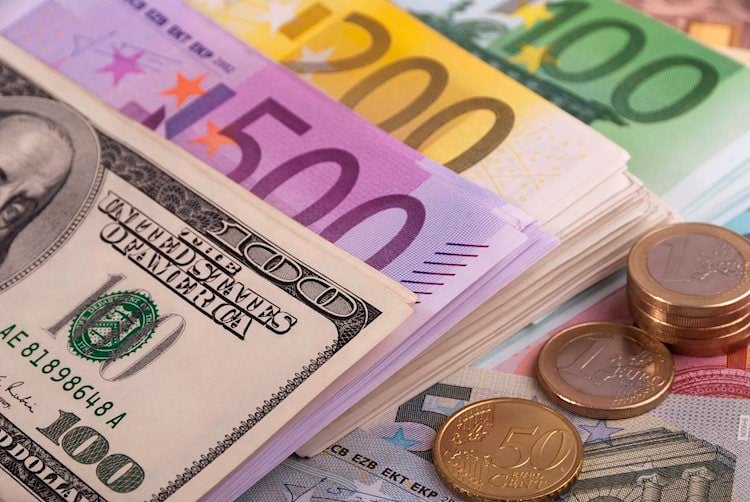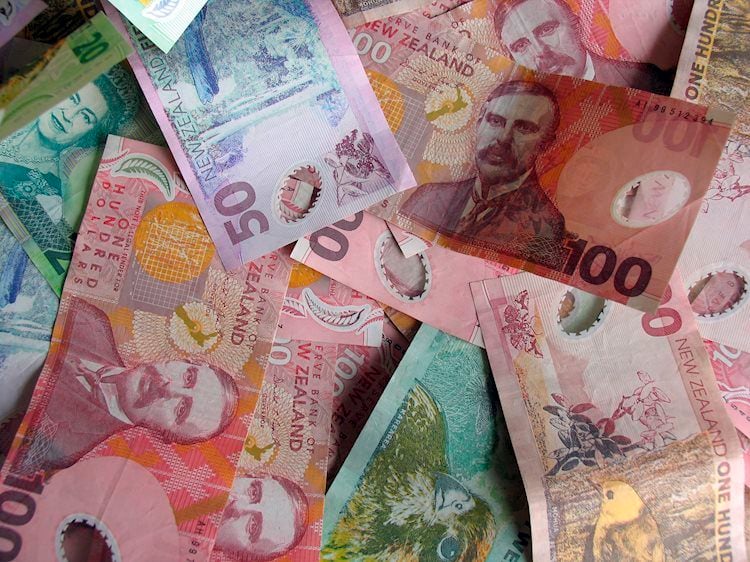On Wednesday, July 2, here’s everything you need to know:
After having its greatest month in four and a half years, the US dollar has began the month on a strong note. The dollar touched three-month highs on Thursday ahead of the highly anticipated Nonfarm Payrolls report, but remained within narrow ranges as traders awaited additional signs on whether the Federal Reserve will begin to decrease monetary stimulus sooner rather than later. The dollar index, which compares the greenback to six major currencies, climbed to 92.601, its highest level since early April.
The EUR/USD plummeted to a new low of 1.1837, although it was mostly consolidated around a key support structure that is proving difficult to break on first tries. The 4-hour price action is drifting sideways within the monthly demand range, indicating that the price might easily correct upward, particularly if the US NFP print falls short of expectations. Recent domestic data also favors the bulls, with Eurostat reporting that the unemployment rate fell to 7.9% in May, compared to analysts’ expectations of 8%. In addition, the Markit Manufacturing PMI rose to 63.4 in June, exceeding the market’s expectation of 63.1.
The pound fell against the dollar on Thursday as Bank of England Governor Andrew Bailey warned against overreacting to Britain’s rising inflation. Cable fell to $1.3752 in morning trading, its lowest level since April. Andrew Bailey, the Governor of the Bank of England, said in his annual Mansion House speech that it was critical to avoid premature tightening of monetary conditions, as an increase in inflation was only likely to be temporary. The spread of the Delta strain of COVID-19 in the UK is also causing concern for the pound. The government was forced to postpone its full reopening earlier this month due to the government shutdown.
The AUD/USD pair recovered earlier in the day, but bears took control around the 0.7500 range, shaking out bulls all the way to 0.74650, the lowest level of 2021.
Despite yet another increase in the US currency, gold prices were higher. In the closing, XAU/USD was trading at $1,776.30, with lows of $1,765.78 and highs of $1,783.01.
WTI traded at $74.94 at the close of trading on Wall Street, up 1.97 percent. Early in the day, the price was recovering from a low of $73.41 to a new cycle high of $76.20.
The session closed with all three major US market indexes in positive territory. The Dow Jones Industrial Average increased by 131.02 points, or 0.38 percent, to 34,633.53, the S&P 500 increased by 22.44 points, or 0.52 percent, to 4,319.94, and the Nasdaq Composite increased by 18.42 points, or 0.13 percent, to 14,522.38.
The focus for the rest of the day will be on the highly anticipated US Nonfarm Payrolls.
Predictions for June Nonfarm Payrolls in the United States: Examining the reactions of major pairings to NFP unexpected
In June, nonfarm payrolls are predicted to climb by 690,000 in the United States.
Surprising NFP prints have a high link with major pairs’ quick moves.
Investors are more likely to react negatively to a negative NFP figure than they are to a positive one./n





